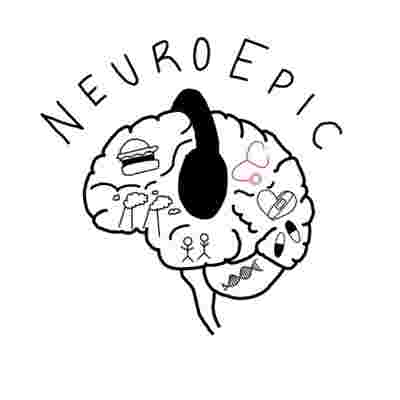

The technological advancements of the last several decades has far outpaced that of centuries prior, nothing more so than the introduction of the computer which has revolutionized fields the world over, including scientific research. From this innovation, tools including the varieties of software programs, modeling of phenomena, automation of repetitive tasks, and ever more capabilities have sprouted. One of the more recent additions to the researcher’s toolkit has been introduced through the growing field of machine learning. Now it is possible to perform concrete data analysis on what previously would have been impossibly large datasets, that would have required painstakingly large amounts of labor. Unlike algorithms that may simply attempt to try and categorize data according to a strict and inadequate criterion, machine learning models can identify patterns and form novel organizations that in the past only humans could do. In many cases, it can actually surpass human limitations and see patterns that could be missed by professionals. Within machine learning though, there are as many models as there are things to be studied. In the biological sciences, some models are far more useful than others, and this holds even more true as we narrow down to the fields of epigenetics, where the traits of organisms are expressed through factors other than genetic code, and further into neuroepigenetics, where it is focused more specifically on the brain. The models that will be discussed are the ones most pertinent to epigenetics in general, but examples of methodologies used specifically in neuroepigenetic studies will also be evaluated.